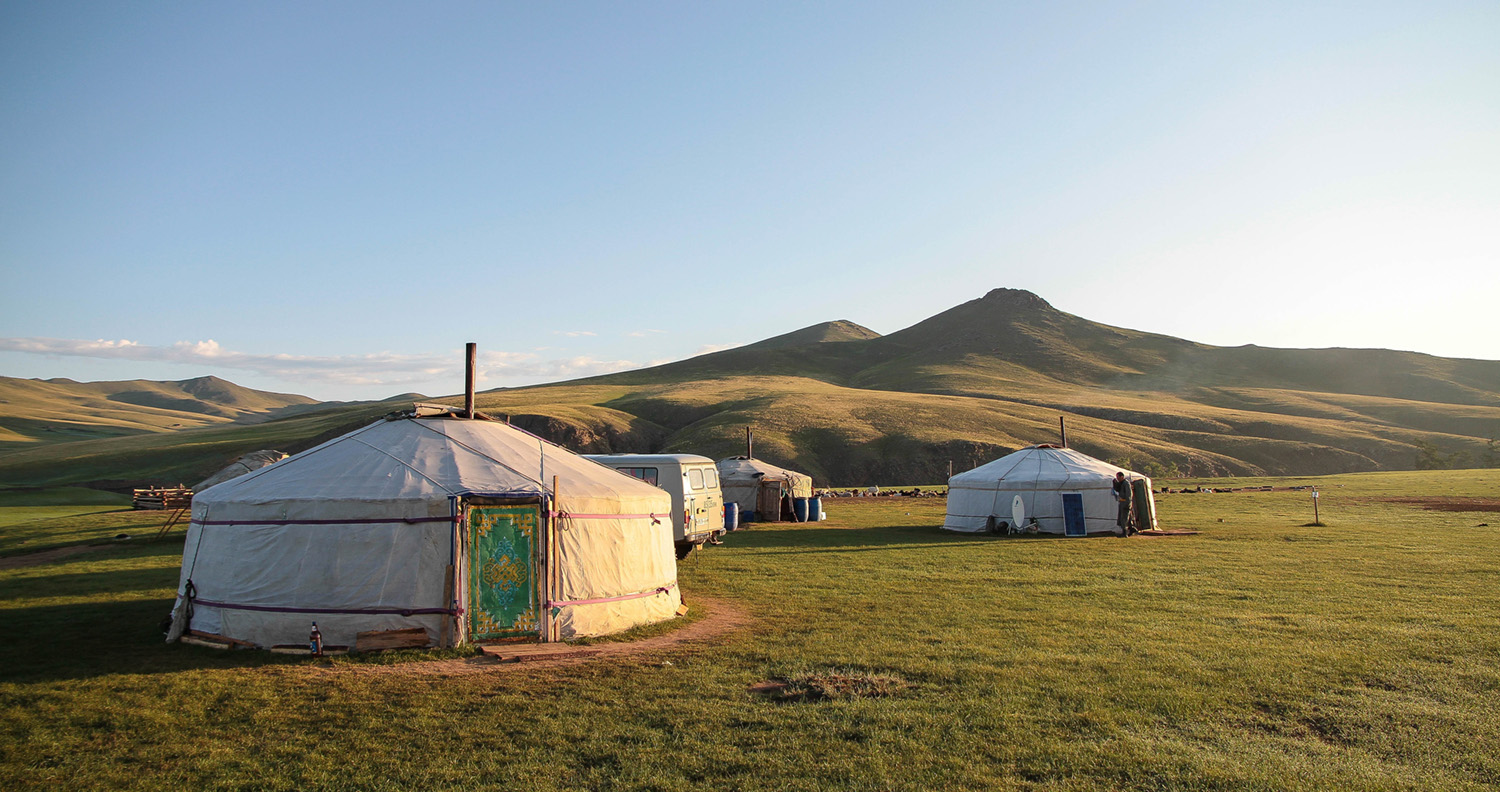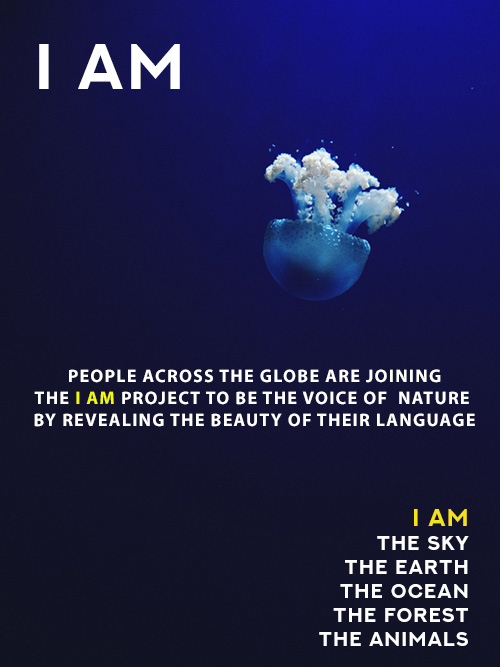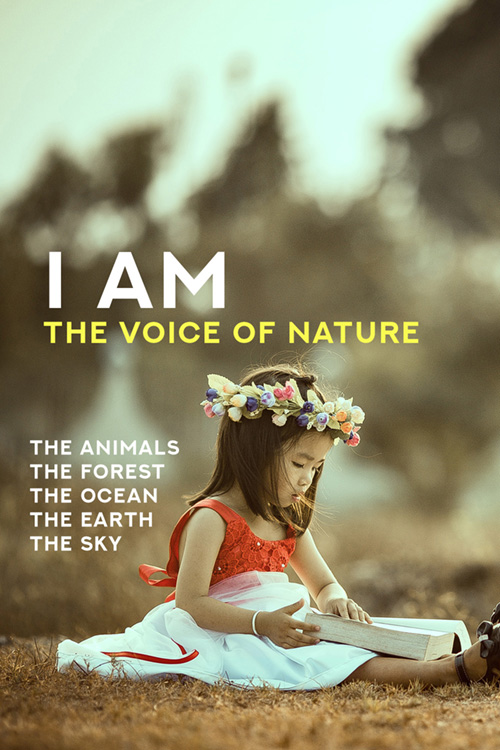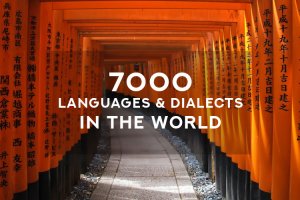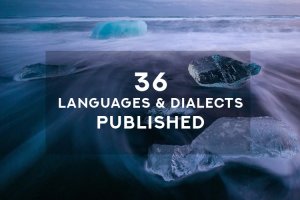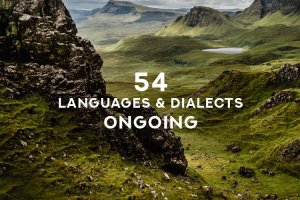The Mongolian is an agglutinative language with suffixes assembled at the root of the word to create nuances. It belongs to the Altaic language family. We speak of a plurality of the Mongolian language with a multitude of dialects, due to its history and mobility. Among several categorizations of the Mongolian language, we can cite that of the linguist Luvsanvandan Shadav who divides it into: Western dialects (Oirate of Xinjiang in China, Kalmouk in Russia); northern dialects (Buryat in Russia); central dialects (Khalkh in Mongolia; Tsakhar and Ordos in the autonomous region of Inner Mongolia in China); Eastern dialects (Khorchin and Kharchin in Mongolia and China); hybrid dialects of the center and the west; from the center and north as well as from the center and east. There are also more isolated groups of Mongolian minorities in different parts of the world: the Monguor, Bao’an, Dongxiang of Gansu-Qinghai, Dahur of Manchuria in China; as well as the Mughals in Afghanistan. Approximatively, around 10 million Mongolian speakers are estimated throughout the world.
As for chronological classifications, the following periods are predominant: pre-protomongol (approximately 4th to 12th centuries), protomongol (13th-14th centuries), Middle Mongol (14th-16th centuries), classical Mongolian (early 17th-early 20th centuries) and contemporary Mongolian (since the 20th century).
The oldest record of the Mongolian language found to date is the “Khüis tolgoi Inscription”, discovered in 1967 in Bulgan province in Mongolia. Dating from the period of the protomongol Ruanruan confederation, this inscription on a granite stele was engraved in Brāhmī Mongol script more than 1,400 years ago. In the process of being deciphered by international researchers as Dr. Solonggod Hurcabaatur, this text written vertically reveals the names of Mongolian and Turkish aristocrats as well as notions of Buddhist philosophy. Mongolians today could understand about 80% of the Mongolian language of Genghis Khan’s period, as “the evolutions of the Mongolian language remain much more circumscribed,” according to linguist Jacques Legrand.
Mongol bichig, or Mongolian script is one of the two scripts currently used in Mongolia. There is a hypothesis on its borrowing from the Sogdian writing by the Mongols and Uyghurs around the 5th century. This ancient writing is practiced from top to bottom, from left to right. Its alphabet has 33 letters in three versions (initial, middle and final). Phonemes like a / é, o / u, ö / ü and d / t are denoted by a single letter therefore allowing universal understanding amongst the various Mongolian dialects. Unlike Cyrillic, Mongolian Bichig preserves the structure of the word and allows us to discover and rediscover an inexhaustible gold mine of the etymology, evolution and history of the Mongolian language. In this sense, it is extremely important for the viability of this language.
Source : Nomindari Shagdarsuren


